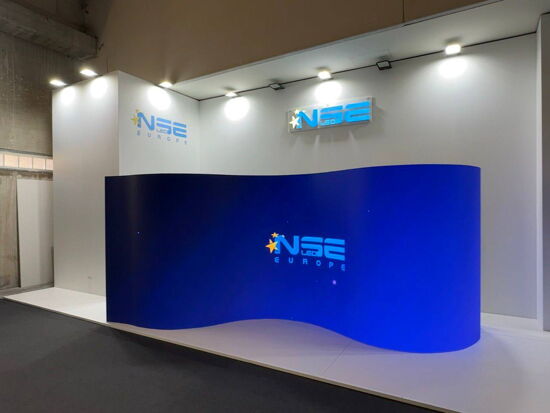The importance of processless plates in improving sustainability

Laurel Brunner discusses the significance of processless plates in making the print industry more environmentally friendly.
Processless plate setting, makes for more efficient and sustainable production, because it removes the need to chemically remove unexposed plate coatings. It’s a big step forward in making print media production more environmentally friendly, but it has taken a while to gain traction. Early iterations were not entirely processless and the plates were not much use after a few thousand impressions. But over time the technology has improved and now it is finally starting to come into its own, even for long runs and with aggressive inks.
Today the three main developers of processless plates are making very positive noises about sales. Kodak reckons that its Sonora plate installations are around 15% worldwide and Agfa has said that conventional plates will account for 80% of plate sales, leaving a 20% opportunity for the processless variety. But this might be too cautious and a look at the reasons why this technology hasn’t taken the market by storm over the last few years might explain why.
The slow uptake has to do with the relevance of the benefits these plates deliver, beyond their greenness. Their advantages have greater resonance in today’s brutal commercial environment, than they might have had twenty years ago when priorities were not the same. Today’s printing industry is all about process efficiency and especially automation wherever possible. This means that the fewer touchpoints for workflows the better, so cutting processing steps for printing plates becomes a commercially necessary choice, as well as an environmentally sound one.
The arguments for minimising waste are also more meaningful these days. Waste processing is expensive, increasingly complex and subject to stricter regulations. The chemistries involved in processing the plates and disposing of them is getting more expensive as regulations come into force. There is also the need for much faster turnaround expectations: cutting out a processing step cuts production time.
Processless plate technology has been under development since the 1970s if not earlier. In the eighties Xerox and Polaroid pioneered processless films, only to be overtaken by direct to plate digital imaging. Their efforts were intended to cut production steps using unique products that gave them new revenue streams. It was not to be with processless films, but processless printing plates are far more likely stories for success. Indeed, they might turn out to be the only printing plates available when digital printing works out its environmental kinks and gets its speed up to par with offset’s. But that will take a while. In the meantime, processless plates are where the bets should be placed.
This article was produced by the Verdigris Project, an industry initiative intended to raise awareness of print’s positive environmental impact. This weekly commentary helps printing companies keep up to date with environmental standards, and how environmentally friendly business management can help improve their bottom lines. Verdigris is supported by the following companies: Agfa Graphics, EFI, Fespa, HP, Kodak, Kornit, Ricoh, Spindrift, Splash PR, Unity Publishing and Xeikon.
Topics
Interested in joining our community?
Enquire today about joining your local FESPA Association or FESPA Direct
Recent news
.png?width=550)
Why are FESPA events the ideal place for visionaries to meet? With Harold Klaren from EFKA
We speak to Harold Klaren, International Sales Manager at EFKA about visionaries in print. Harold shares why he believes FESPA events are the ideal place for visionareis to meet.

NSELED to showcase Innovation and transformation at European Sign Expo 2025
NSELED Europe, part of leading LED display technology provider NSE, will welcome visitors to its stand at the European Sign Expo 2025. Ahead of the event, we speak with Daniele Rocca, principal chief executive officer at NSELED Europe, about what to expect from the company as the official ‘Digital Screen Partner’ of the event.

Why the Future of Print Is Personal – and What That Means for Your Business
Minna Philipson, CMO at Gelato shares how the future of print is personal, driven by demands for tailored, localised, and on-demand products. Businesses must adapt, embracing software to streamline operations and building customer-centric brands. Personalisation is key to connection, requiring emotional storytelling and flexible operations to thrive in the evolving market.

The latest sustainable solutions in non-digital signage
While by no means a new concept in the market, sustainability is becoming an increasingly important part of daily life for sign-making businesses. Here, Rob Fletcher shares some of the non-digital materials to help companies become more planet friendly.